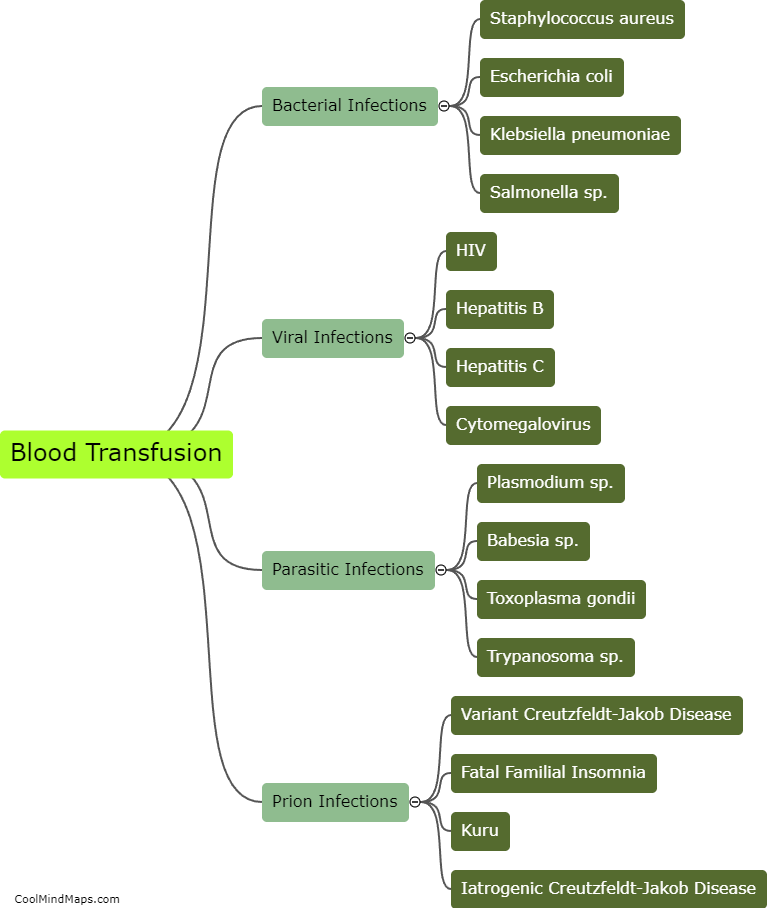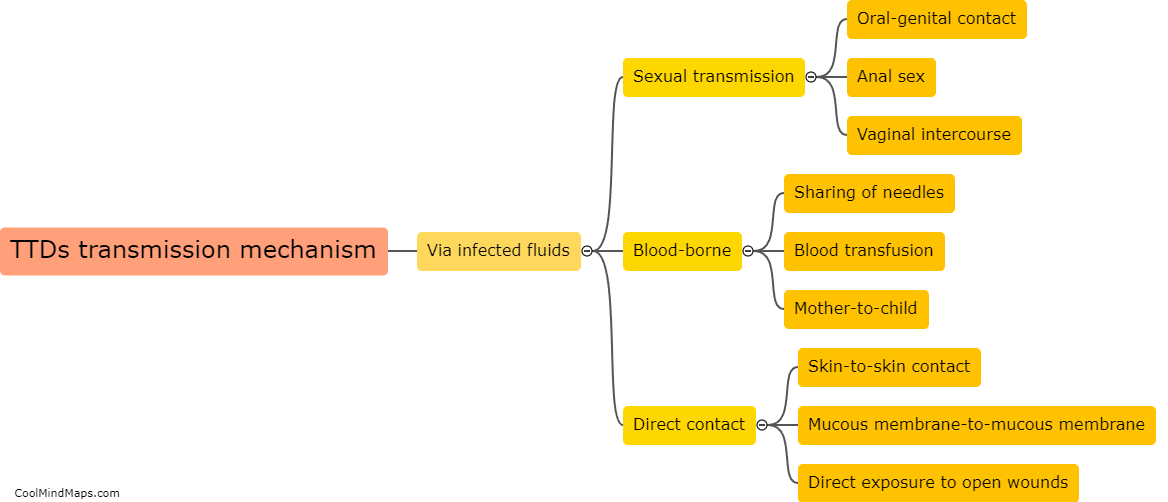What is the global burden of TTDs?
TTDs, or Thalassemia and Sickle Cell Disease, are genetic disorders that affect millions of people worldwide. These disorders place a significant economic and health burden on both individuals and society as a whole. TTDs are prevalent in many countries, particularly in low- and middle-income countries, where resources for diagnosis, treatment and management are limited. The global burden of TTDs includes increased healthcare costs, lost productivity, and reduced quality of life for affected individuals and their families. Understanding the extent of this burden is important for effective policy making, allocation of resources, and the development of new treatments and interventions.

This mind map was published on 25 June 2023 and has been viewed 131 times.











